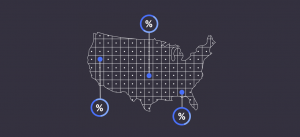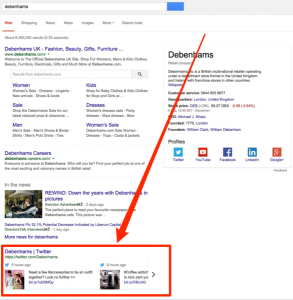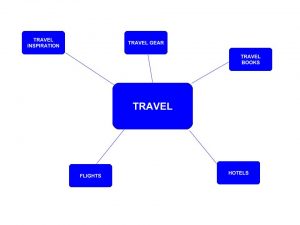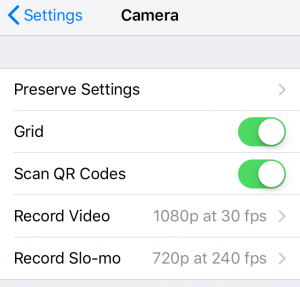Behind The Impact Of Google Search Features On Organic Click-Through Rates
Perficient Digital released an update to its data on how Google’s search features impact click-through behavior in the search results.
“All the search features Google adds to search results has a significant impact on search behavior,” said Eric Enge, author of the study at Perficient, adding that the report details how these features alter user behavior.
Perficient worked with AuthorityLabs, which pulled clickstream data for each of these queries for the same 30-day period. AuthorityLabs then provided this data to Perficient Digital, allowing analysts to conduct a detailed analysis.
The analysis of 250 million searches looks at the impact of search features on click-through rates in search results, and segment the data into five markets to show how search behavior differs across all.
Here’s a little more detail: the millions of searches resulted in 134 million organic clicks, 11.3 million paid clicks, and 102 million no-clicks. Thirty-seven percent of the searches occurred on mobile devices and 63% on desktop devices. This data expands on findings released in December 2019, titled How Google’s Search Features Impact Organic CTR.
The report also makes the point to search marketers that they should consider optimizing their sites to serve up in these features.
In the report, Enge points to the split between branded and non-branded queries as the most “fascinating aspect” of the data. He calls the aggregate CTR for the top 10 results for branded queries “quite high” — about 71.36% — but for non-branded queries, about 37.88%.
“This does not include most clicks to local search results, knowledge graph results, or People Also Ask boxes, as these were not trackable by our clickstream data,” he wrote in the report. “This shows that as more and more search features are implemented, the chance to obtain organic search traffic from Google may well be declining.”
A similar point made by Pete Meyers, marketing scientist at Moz, last week in his findings on how data shows that “traditional” results from brand content now serves up further down the page.
“When we refer to traditional search results, we’re harkening back to the days when all you got was 10 blue links,” he said. “We have to stop thinking about the 10 blue links as the regular results and start thinking about change.”
The new normal suggests the features are now included in the list of Google’s added “organic” features.
Key findings in the report point to no-click queries, meaning that Google serves the information in the search results without having to click through, which are a significant part of all searches. Perficient Digital found these are much less significant on commercial queries, with about 13.9% on desktop.
On searches with ads, paid results earn approximately 28% of the total clicks, with around 5% of the paid clicks at the expense of no-clicks and the remaining 23% coming at the expense of organic search. This means the impact of paid ads on organic clicks is fairly small.
Traditional CTR models are largely meaningless because they don’t separate CTR behavior for branded queries from non-branded queries.
For example, the top position on the webpage for branded queries get a CTR in excess of 68%, but on non-branded queries the top position only gets clicked on about 19% of the time.
CTRs for queries with Featured Snippets are higher than they are for queries without Featured Snippets, but the difference is small enough to consider it a wash, according to the findings.
(20)
Report Post






